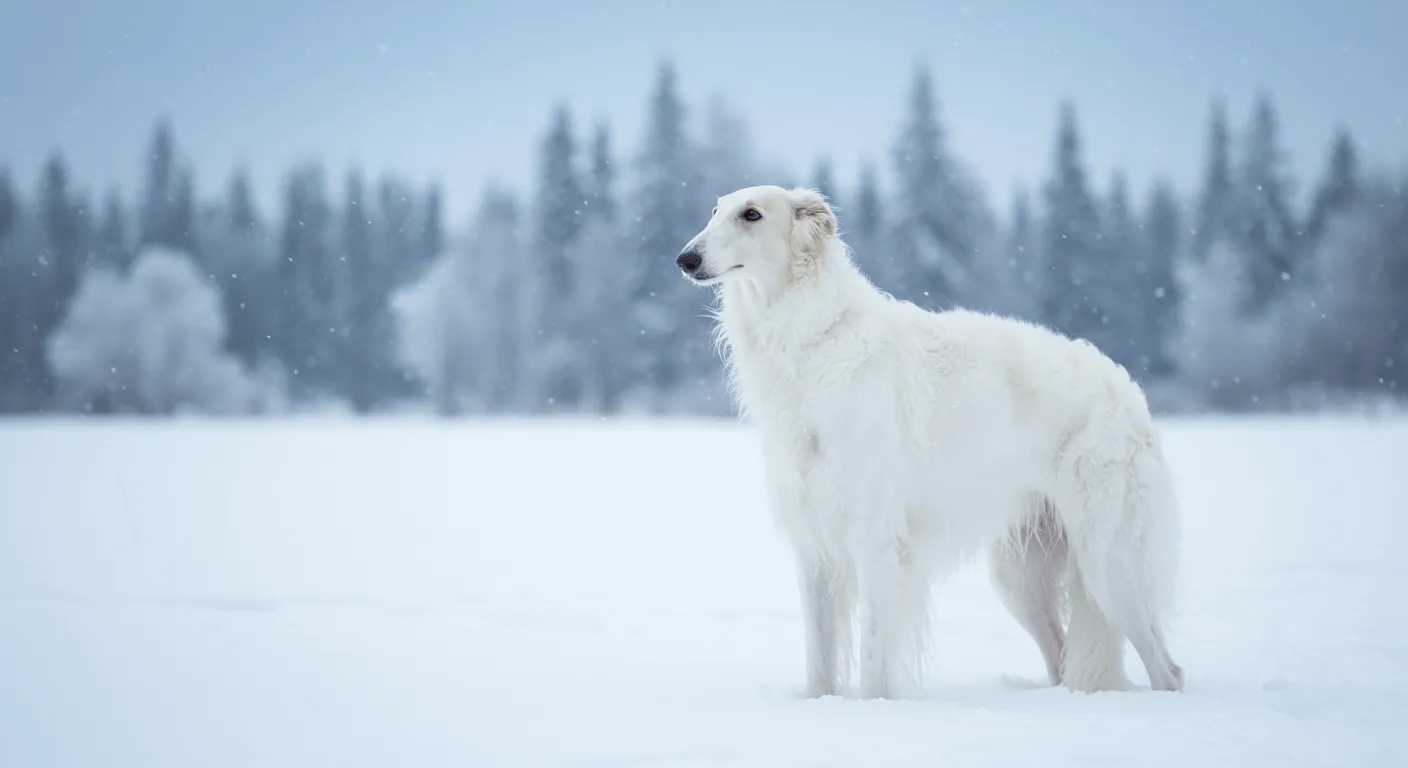Tibetan Mastiffs are legendary in the canine world — known both for their majestic appearance and complex temperaments. Their lion-like manes, fierce loyalty, and independent streaks make them a breed like no other. Originating from Tibet, this ancient guardian dog has protected nomadic herders and Himalayan monasteries for centuries and carries an air of nobility, strength, and mystery.
But with such a powerful dog comes a pressing question: Is a Tibetan Mastiff right for me? If you’re contemplating bringing home this massive and majestic breed, it’s vital to understand what owning a Tibetan Mastiff truly entails. This guide will help you explore the breed’s temperament, care needs, compatibility with different households, and much more to help you make an informed decision.
Temperament and Personality
Tibetan Mastiffs are independent, strong-willed, and deeply loyal. These qualities make them excellent guard dogs but can also present challenges for inexperienced dog owners.
- Protective by nature: Tibetan Mastiffs were bred to be protectors. They are naturally wary of strangers and will not hesitate to act if they perceive a threat. This loyalty often extends to family members and even other household pets.
- Reserved and aloof: Their independence can come off as aloofness. Unlike many dog breeds, Tibetan Mastiffs are not overly eager to please. They enjoy affection on their own terms and can be selective with their attention.
- Intelligent but stubborn: These dogs are extremely smart, but their independent thinking can make training a challenge. They tend to assess commands and may only respond when they see a good reason.
Pros and Cons for Different People
The Tibetan Mastiff doesn’t suit every lifestyle. Let’s break down who might thrive with one—and who might find it difficult.
Families with Children
- Pros: Once bonded with children, they often become gentle, watchful protectors.
- Cons: Their large size can be intimidating, and they may accidentally knock over smaller children. Early socialization with kids is essential.
Single Individuals
- Pros: Tibetan Mastiffs can make excellent companions for singles who value time alone and want a loyal guardian.
- Cons: They require a lot of space and attention, which can be a handful for someone with a busy lifestyle.
Elderly Owners
- Cons: Their strength, stubbornness, and exercise needs make them generally unsuitable for elderly owners unless there is assistance.
Active Lifestyles vs. Sedentary Lifestyles
- Active: Great for people who want a dog that enjoys the outdoors and has the energy to explore large areas. They enjoy long walks but not hyperactive play.
- Sedentary: Not ideal. Though they rest well at home, boredom leads to destructive behavior, and they still need stimulation and engagement.

Suitability Factors
If you’re still reading, let’s dive deeper into the lifestyle and household dynamics that affect compatibility with a Tibetan Mastiff.
Are Tibetan Mastiffs Good with Kids?
Yes — but only with proper socialization. They can be incredibly loyal and affectionate with children in their household. Supervision is essential, especially with visitors' children, since Tibetan Mastiffs are protective and may be wary of kids they don’t know.
Are Tibetan Mastiffs Good with Other Dogs?
Generally, they are territorial and may react aggressively to unfamiliar dogs. They may get along with other dogs in the home if raised together, but same-sex aggression is common.
Are Tibetan Mastiffs Good with Cats?
If introduced as puppies, they might coexist peacefully. However, their strong prey drive and guarding instincts pose risks for particularly active or unfamiliar felines.
Are Tibetan Mastiffs Good Guard Dogs?
Absolutely. Guarding is in their DNA. They excel at protecting home and family without the need for training. Just note that their barking tendencies can be intense—especially at night.
Are Tibetan Mastiffs Good for Apartments?
Very rarely. Tibetan Mastiffs are large, active dogs that need space and a secure yard.
- They are prone to boredom in small living spaces.
- They can bark loudly, which doesn’t suit close-proximity homes like apartments.
Do Tibetan Mastiffs Need a Yard?
Yes. A large, securely fenced yard is ideal. They’re territorial but also enjoy having their own space to roam. The fence should be high and strong, as they are known to leap or climb over obstacles.
Is a Tibetan Mastiff Good for First-Time Owners?
In most cases, no. This breed is:
- Not easy to train
- Prone to dominance if not properly managed
- In need of someone who understands dog psychology and can provide firm, gentle leadership
Tibetan Mastiffs are better suited for experienced dog handlers who can assert themselves as canine leaders and provide the consistency the dog requires.
Care Requirements
Tibetan Mastiffs aren’t the most high-maintenance breed, but they do come with specific needs that can be overwhelming if unprepared.
Exercise Needs
Despite their size and strength, Tibetan Mastiffs are not excessively energetic throughout the day. They tend to be active in short bursts.
- Around 30–45 minutes of daily moderate exercise is typically enough.
- A long walk and play in a secure yard is ideal.
- Avoid intense activities during hot weather — their thick coats make them prone to overheating.
Grooming Requirements
Their double coat is thick, especially during winter. They have a heavy seasonal shed (known as “blowing the coat”) once or twice a year.
- Weekly brushing is enough for most of the year.
- During shedding season, daily brushing helps manage hair around the home.
- They are relatively clean dogs with little doggy odor, and drooling is low compared to other large breeds.

Training Considerations
Training the Tibetan Mastiff is not for the faint of heart.
- Consistency and patience are crucial.
- Use positive reinforcement and avoid harsh punishments; a harsh approach may lead to defiance.
- They are known for night barking — a traditional guarding behavior.
Can Tibetan Mastiffs Live Outside?
Technically, yes. Their thick coat enables them to survive cold conditions. However:
- They thrive best when they feel part of the family.
- Leaving them outside constantly leads to isolation and destructive behaviors.
- They prefer a balance—protecting the yard during the day and being indoors with the family at night.
Can Tibetan Mastiffs Be Left Alone?
They prefer independence and can be alone for short periods. But too much time alone can lead to barking, howling, digging, or escape behaviors.
- Owners who work long hours should reconsider unless they can arrange interaction and mentally engaging activities.
Are Tibetan Mastiffs High Maintenance?
Moderately so.
- Grooming is manageable for most of the year but spikes seasonally.
- Training and socialization require time and commitment.
- Exercise isn’t excessive, but mental stimulation is key to preventing behavior issues.

Health and Lifespan
Common Health Issues
Though generally robust, Tibetan Mastiffs can experience certain conditions:
- Hip dysplasia
- Elbow dysplasia
- Hypothyroidism
- Entropion (eye condition where eyelid rolls inward)
- Canine inherited demyelinative neuropathy (CIDN)
A responsible breeder will test for these conditions before breeding.
Tibetan Mastiff Life Expectancy
Tibetan Mastiffs live an average of 10–14 years. Larger individuals tend to fall on the lower end of this range.
Are Tibetan Mastiffs Hypoallergenic?
No. Their heavy shedding and coat dander make them unsuitable for allergy sufferers.
Cost and Legal Considerations
How Much Does a Tibetan Mastiff Cost?
This breed isn’t cheap — from breeders, prices usually range:
- $2,000 to $5,000 for a well-bred puppy
- Some bloodlines in Asia have sold for tens of thousands due to rarity and pedigree
- Yearly care (food, medical, grooming, training) can cost an additional $2,000 or more
Their long-term costs should not be underestimated.
Tibetan Mastiff Legal Restrictions
Some areas have breed-specific legislation (BSL) that restrict or ban Tibetan Mastiffs.
- Municipalities in parts of the U.S., Australia, and Europe have placed limitations.
- Always check local jurisdictions and homeowner association rules before purchasing.
Owning a Tibetan Mastiff comes with legal and financial responsibilities, in addition to the typical care needs.## Conclusion
The Tibetan Mastiff is a truly remarkable breed—majestic, intelligent, and fiercely loyal. However, they are not a one-size-fits-all companion. Their independent spirit, protective instincts, and physical strength require an owner who can provide firm guidance, consistent training, and ample space for them to thrive.
If you’re an experienced dog owner with a secure home, a calm and confident demeanor, and plenty of patience, the Tibetan Mastiff could be a deeply rewarding addition to your life. They are not the best choice for apartment dwellers, first-time owners, or anyone seeking an obedient, eager-to-please dog. But for the right person, they offer unmatched loyalty, a strong sense of companionship, and the quiet nobility of a true guardian.
Before bringing one home, take the time to assess your lifestyle, space, and commitment to the breed's care and training. If you can meet their unique needs, the Tibetan Mastiff can be a lifelong protector and noble friend.




